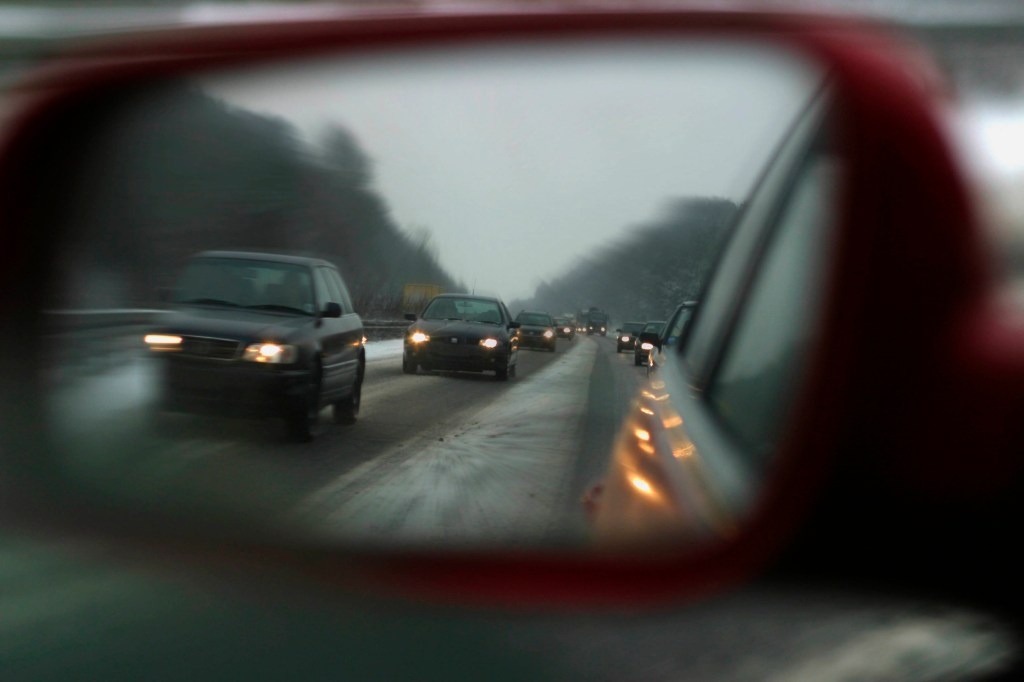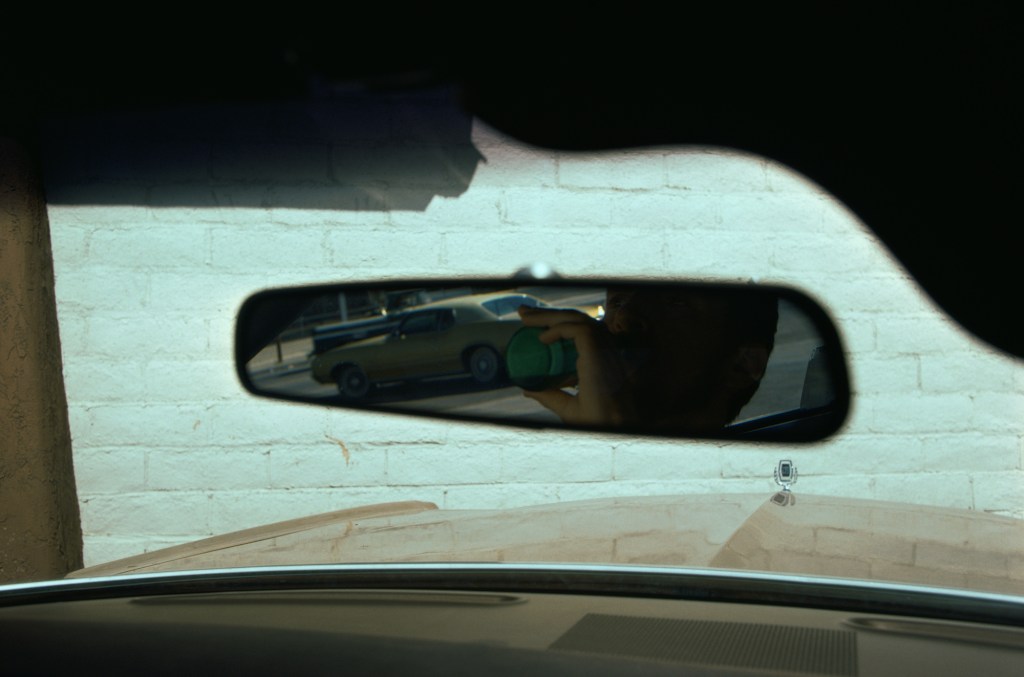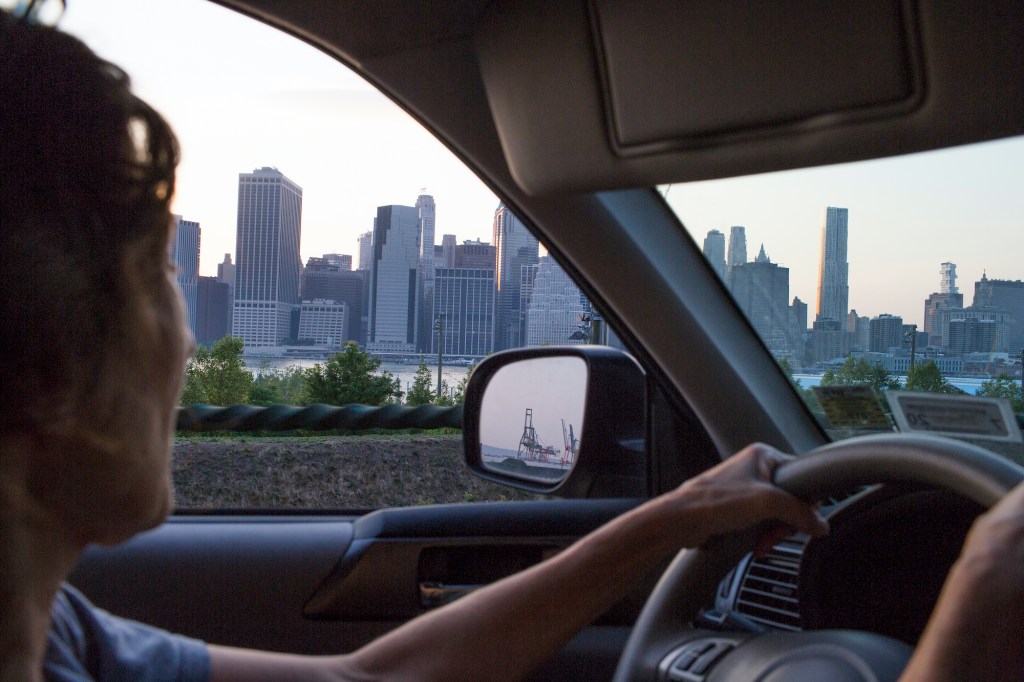
How Do I Adjust My Car’s Mirrors for Maximum Visibility?
If you currently have a driver’s license and have been driving for a while, then you probably know how to adjust your car’s mirrors to your liking. However, your personal mirror setting preference might not be the most optimal position when it comes to achieving maximum visibility. In that case, how do you adjust your car’s mirrors properly?
How to adjust your car’s mirrors

This might seem like a “driving 101” lesson for you, but as with any routine or basic practice, it’s always good to know the basics. Here is how to use and adjust your car’s rearview and side mirrors according to AAA.com:
- Sit in the driver’s seat and adjust it to fit your height
- Adjust the rearview mirror so that you can see the entire view from the driver’s seat with just a glance, as opposed to having to turn your head upward.
- Locate the levers or buttons that adjust the side mirrors
- To adjust the driver’s side mirror, lean to the left side and rest your head against the driver’s side window, and set the mirror so that you can barely see the side of the car on the right side of the mirror.
- For the passenger’s side mirror, lean to the right and position your head above the center console. Set the mirror so that you can barely see the car on the left side of the mirror.
- If your car does not have power-adjustable mirrors, enlist the help of a friend to properly adjust them using the adjusting levers.
According to AAA, you should have a seamless view of the visual field behind you with these settings. However, it could take a little time to get used to, so it’s recommended that you double-check the positioning of the mirrors and get used to it when the vehicle is parked, and then see how they are while driving among traffic.
Ideally, you should be able to see a passing car in your rearview mirror, then watch as it gradually progresses to your left or right side mirror, and then to the left or right of your side vision. Keep in mind that even properly adjusted mirrors won’t make your field of vision blind-spot-free, however, they should help in the most common driving situations.

Always turn your head and check the blind spot areas

Since your properly adjusted mirrors aren’t exactly 100-percent fool-proof, it goes without saying that it’s a good idea to always turn your head and check the blind spot before changing lanes.
Glass Doctor also recommends setting your car’s rearview mirror to “night mode” when you’re driving at night to dim the headlights of the car’s behind you. If your rearview mirror is manually adjustable, then you can flip the lever at the bottom for night mode. But if it’s powered, then the mirror will automatically adjust for you.
Remember to adjust the mirrors when driving someone else’s car
If you happen to drive someone else’s car, then it’s a good idea to properly adjust the mirrors in that just as you would in your own. By taking a minute to adjust the mirrors to suit your personal preferences and height, you could be minimizing any accidents that could possibly occur.



